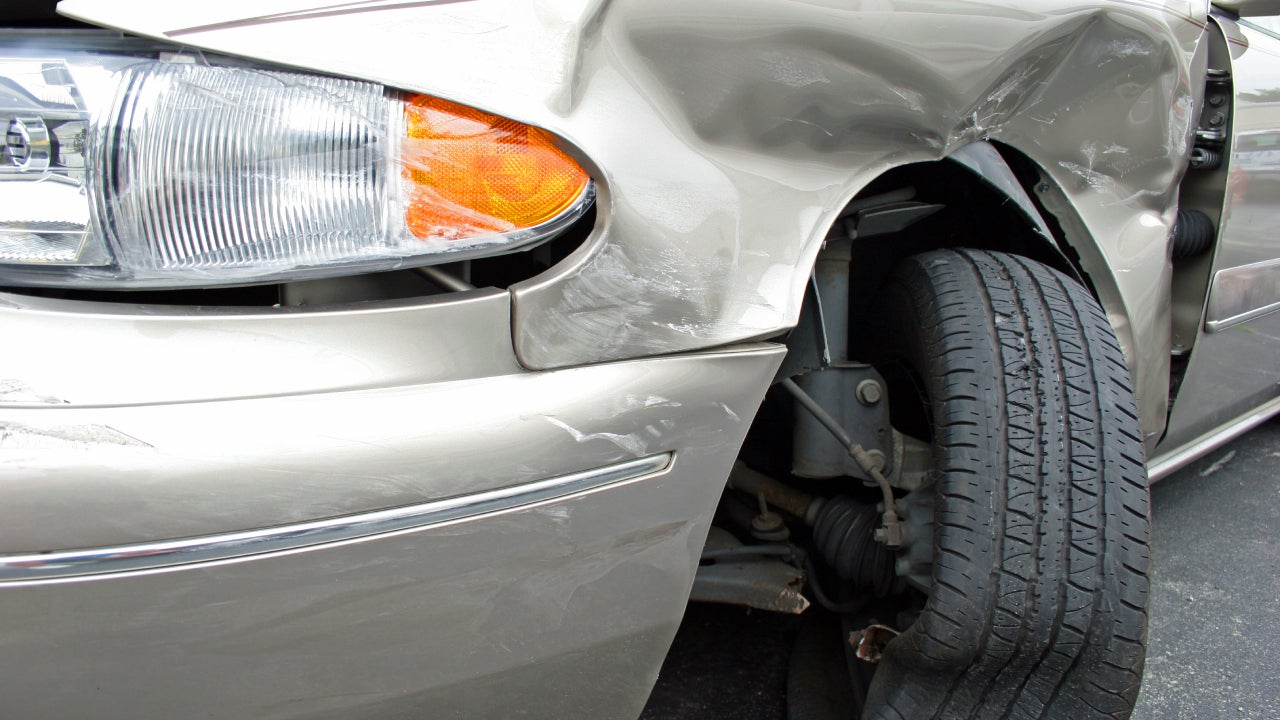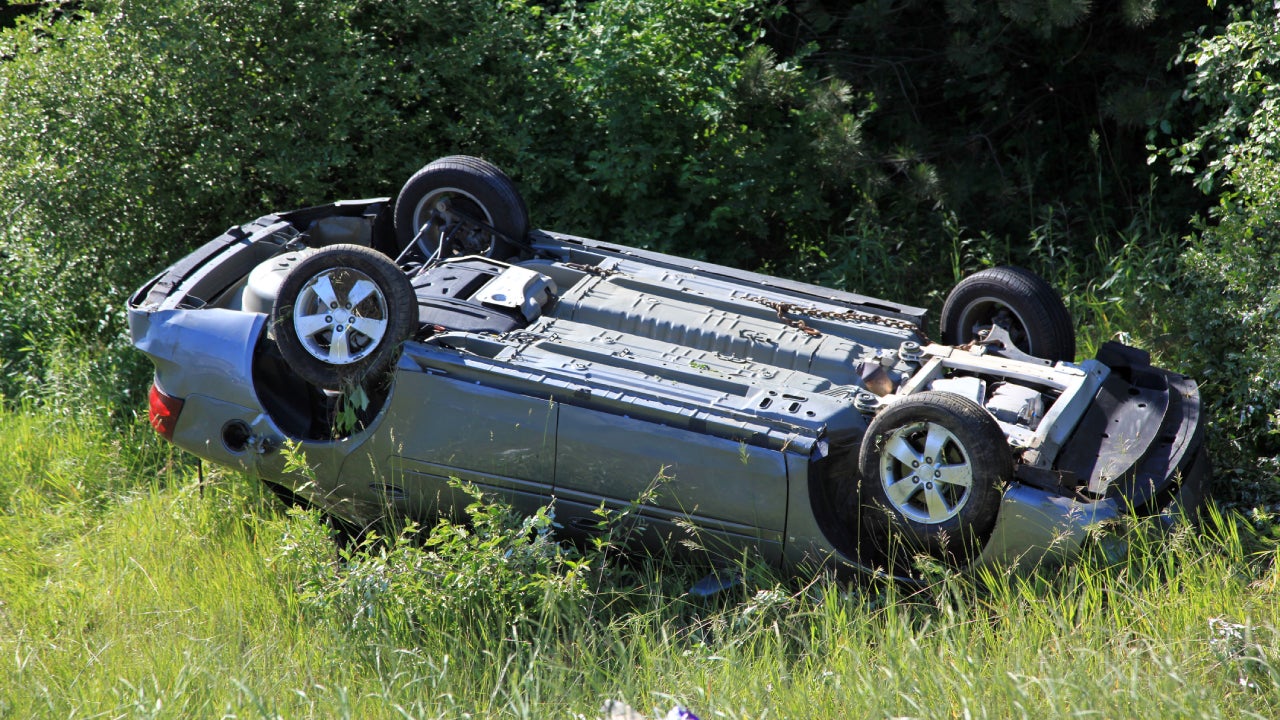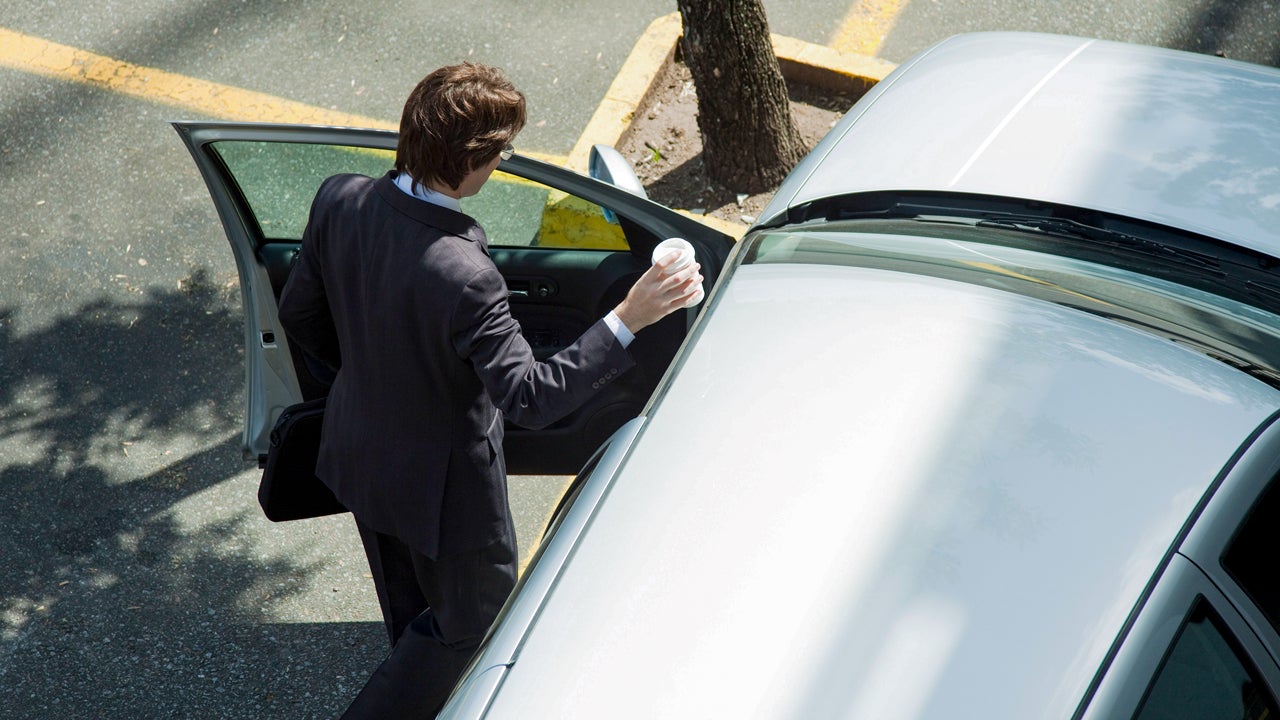What is a policyholder for insurance: What you need to know




In the world of car insurance, the term policyholder is basically interchangeable with the word customer. While it may be common lingo among insurance agents, it’s important to break down the intricacies of what it means to be a policyholder, especially as it relates to vehicle usage, coverage types and policy management. Follow along with Bankrate as we define exactly what a policyholder is so you can better understand your responsibilities as they apply to your insurance contract.
What is a policyholder for insurance?
A policyholder (or policy holder) is the person who owns the insurance policy. Policyholders affect how much the car insurance costs and, in most cases, the policyholder is the only person who can make changes to the policy. The policyholder is also the person that is responsible for making sure premium payments are up-to-date. Along with the policyholder, your contract may also list additional drivers. An additional driver is anyone other than the policyholder who is covered to drive.
When you are the owner of a vehicle, it is typically considered to be your responsibility to ensure the vehicle is insured. That’s why, in most cases, the policyholder is the vehicle’s owner. However, you can still be the policyholder even if you do not own a vehicle in certain cases. For example, if you are the primary driver of a vehicle but you don’t own it, the insurance company may still require you to be listed as the policyholder. If you are in this situation, it is important to understand the policyholder is considered responsible for the premium payments, any cancellations and any policy changes.
What’s the difference between a policyholder and a listed driver?
Policyholders buy and manage the insurance policy, including adjusting coverage as needed. But if you’re married or in a domestic partnership, who is the policyholder for insurance? In those situations, most auto insurance policies allow for multiple policyholders so that spouses and partners can hold the policy together.
But other drivers can be included on a policy even if they do not meet the policyholder definition. These are called listed drivers. A teenager who recently received their license is probably a listed driver and not a policyholder, for example. If that teen called the insurance provider and tried to change their auto insurance coverage, they would likely be unable to do so. That right is generally reserved for the auto policyholder. That said, listed drivers do impact the cost of a car insurance policy based on their individual rating factors. For example, that teen driver will likely increase your auto insurance rates based on their lack of experience behind the wheel.
How to determine what types of coverage you need as a policyholder
So what does policyholder mean in regard to being a good one? To be an effective policy holder, it is your responsibility — with the help of your agent — to make sure your coverage can protect your finances up to your expectations. As you shop for the best car insurance policy, there are specific coverage types that may be mandatory or you may want to include, namely:
| Coverage type | What it covers |
|---|---|
| Liability | This coverage steps in if you or a listed driver on your policy causes property damage and/or injuries to another person caused by an accident in which you are at fault. |
| Personal Injury Protection (PIP) | This coverage helps pay for medical costs if you or any of your passengers get hurt in an accident. PIP applies no matter who is at fault in the accident. This coverage type is required in 12 states. |
| Comprehensive | This coverage steps in for non-driving incidents such as theft, vandalism or falling objects. Comprehensive also provides coverage if you hit an animal. |
| Collision | This coverage helps pay to repair or replace your vehicle after an at-fault accident with another car or object. |
Let’s look more closely at these options:
Liability coverage
Most states require this type of car insurance. You will most likely need to purchase minimum limits of both bodily injury and property damage liability coverage to legally drive in your state.
Bodily injury liability helps with someone else’s medical expenses if you hurt them in an accident. Similarly, property damage liability helps with the others’ property damaged in an at-fault accident. That means it can help pay for repairs for another driver’s car, or even to repair your neighbor’s garage after accidentally backing into it, for example.
PIP
Some states require personal injury protection (PIP), which is considered no-fault coverage, while it is optional in others. Regardless of whether you are at-fault for an accident, it can cover medical expenses for injuries sustained by you or passengers of your vehicle. PIP can also help with lost wages if you or one of your injured passengers is unable to work for a period of time following the accident.
Comprehensive coverage
If you own your vehicle outright, comprehensive is optional. However, you may want to consider adding it if you don’t currently carry it on your policy. After all, your car is not only at risk when you are driving. If a large tree limb falls on it overnight or someone steals it, your comprehensive coverage will help with the resulting expenses up to your vehicle’s value minus your deductible.
Collision coverage
You might have noticed that liability coverage only pays claims to the other parties involved if you are at fault in an accident. If you want coverage for your vehicle, you will need to add collision. Collision coverage pays to repair or replace your car if you are in an accident. As with comprehensive, collision is optional if you aren’t financing or leasing, and a deductible usually applies.
Other coverage types
This is by no means a comprehensive list of available auto insurance coverage types. For additional financial protection on and off the road, you might want to add other types of coverage, like roadside assistance, uninsured motorist or gap insurance. Some states require uninsured and underinsured motorist coverage as part of minimum coverage requirements.
Can a policyholder be changed after you purchase a policy?
Technically, no — you cannot change who the policyholder is after you purchase a policy. There are times, however, when you may need your policy to reflect a different person as the policyholder. In this case, your insurance company will cancel your current policy and rewrite it in the new policyholder’s name. Some examples of when this could happen include:
- Selling your vehicle: When you no longer need to insure a car because you have sold it, you can contact your insurance company for the steps necessary to cancel your policy. Your vehicle’s buyer will then be responsible for buying insurance in their name. Some states require you to cancel your registration before canceling the policy. Otherwise, you risk incurring fines for a lapse of insurance.
- Death of a policyholder: If the car policyholder dies, their insurance needs to be canceled and rewritten for the vehicle’s new owner. Do note that some insurance companies will require a death certificate or executor of estate paperwork to make changes to the policy.
Frequently asked questions
-
-
Some companies only list policyholders on ID cards, but that does not mean that the other drivers listed on the policy aren’t covered. In these cases, you may need to request a declarations page or other proof of coverage letter that lists all the other drivers covered on the policy.
-
You will need to contact your insurance company for more information if you’d like to grant permission for a listed driver to make changes to your policy. They may be able to document your file with third-party permission so that the additional driver can make policy changes on your behalf, but each company has its own procedures.
-
Yes, the policyholder is the same as the named insured. The named insured is another way of saying policyholder.
-
Yes, an auto insurance policy can have two policyholders. In fact, it’s common for spouses or domestic partners to share a policy, with both parties listed as policyholders.
-
There is not a single best car insurance company for everyone. Knowing no two policyholders are alike, many car insurance companies try to differentiate themselves by catering their insurance offerings to certain customers. For example, one company may offer hefty safe-driving discounts to attract drivers with good records, while another prides itself on offering the cheapest rates. With this in mind, you’ll want to shop around, review discounts and compare offers to find the provider that is most aligned with your coverage needs and budgetary goals.
-
Your car insurance rate can be affected by any factor that influences your likelihood of filing an insurance claim or the cost of your claim (although there are some exceptions in some states). For example, if you are a teen driver, you are statistically more likely to be involved in a car accident, meaning you may pay more expensive premiums due to your lack of experience. Or, you may have to pay more for insurance if you drive a luxury vehicle, considering it will cost your provider a lot more to fund any repairs associated with a claim. These two examples consider age and vehicle type, but there are many more factors that can go into the equation as well, such as location, driving record, gender and coverage types. Some of these factors are limited or restricted from consideration in some states.
-
You may also like

What to do after a hit-and-run in Ohio

What is total loss car insurance?

What is HOA insurance and what does it cover?

What is a car insurance deductible?
